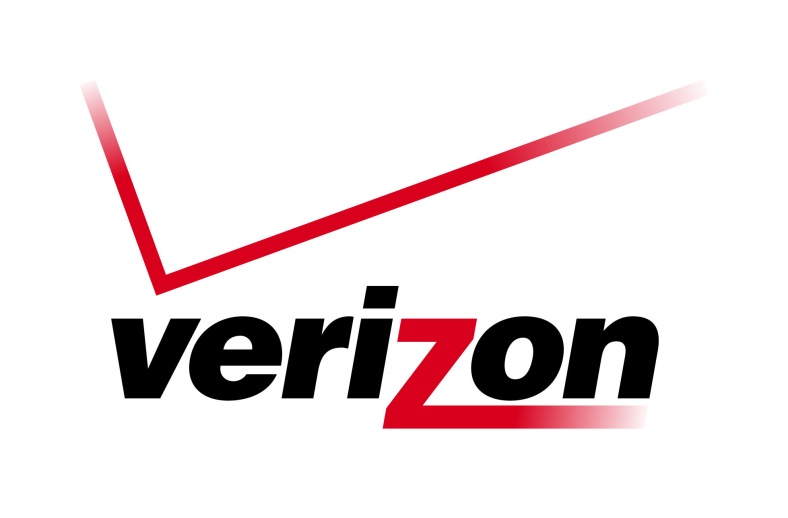
The NFC Forum has signed collaboration agreements with three industry consortia, the International Air Transport Alliance (IATA), the WiFi Alliance and the Global Certification Forum (GCF).
“The goal of the alliances is to facilitate joint work to further the adoption, reach, and impact of NFC technology in key markets and industries, including mobile communications, air travel, and Wi-Fi communications,” says the NFC Forum. “Collaborative activities will include work on market education, global interoperability, and mobile testing.”
IATA is the trade association for the world’s airlines, representing some 240 airlines that account for 84% of total air traffic. IATA plans to work with the NFC Forum to raise awareness in the market, and help build the ecosystem for NFC. The agreement will include outreach programs such as workshops for airlines and airports, white papers, case studies, webcasts, and events.
“Through programs like Simplifying the Business, IATA continues to explore new standards and technologies to increase customer satisfaction and improve aviation’s efficiency,” says Aleks Popovich, IATA’s senior VP for industry distribution and financial services. “Near field communication offers the potential to support IATA’s Fast Travel initiative, which is aimed at meeting passenger demands for more self-service options. We look forward to our collaboration with the NFC Forum on this exciting opportunity.”
The Wi-Fi Alliance is a global non-profit industry association of hundreds of companies devoted to seamless connectivity. Under the new agreement, the Wi-Fi Alliance and the NFC Forum will exchange approved documents, share information about program schedules, work jointly on NFC Forum Application Documents describing the use of NFC for Wi-Fi network configuration, cooperate on shared marketing material to promote certification programs, and participate in joint events.
“We are pleased to collaborate more closely with the NFC Forum under the terms of our liaison agreement,” says Wi-Fi Alliance president and CEO Edgar Figueroa. “Coordination between our organizations will help deliver a good user experience and exciting new applications of our technologies.”
GCF is a partnership of network operators, device manufacturers, and the test industry that has created an independent certification program to help ensure global interoperability between mobile devices and networks. Under their liaison agreement, GCF and the NFC Forum will work together to identify certification requirements impacting NFC-enabled Third Generation Partnership Project (3GPP) wireless devices. The partners will also develop processes and procedures to ensure the robustness, reliability, and transparency of NFC-enabled 3GPP wireless device certification and deliver joint announcements and collaborative marketing programs.
“Our certification scheme is built on an ethos of ‘test once, use anywhere’ and provides a global benchmark for the interoperability of mobile handsets and connected devices,” says Adriana Nugter, GCF’s operations manager. “Through collaboration with the NFC Forum and other industry organisations, GCF strives to streamline testing requirements for wireless devices embedding multiple technologies.”
“As NFC technology reaches into many new markets and industries, the NFC Forum is working to make the process as smooth and effective as possible by collaborating with leadership organizations that share our goals,” explains Koichi Tagawa, chairman of the NFC Forum. “These new agreements with Global Certification Forum, the International Air Transport Association, and the Wi-Fi Alliance will expedite the availability and use of more globally interoperable NFC-enabled solutions. We look forward to sharing long and productive partnerships with these organizations.”
Source: NFC World










